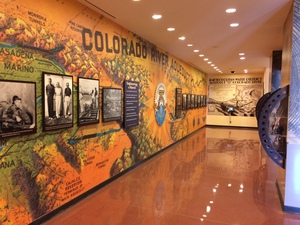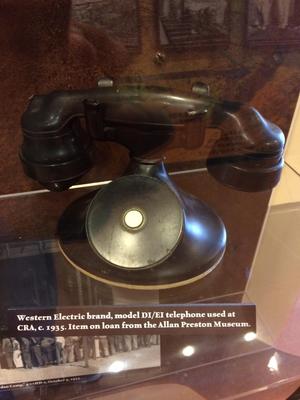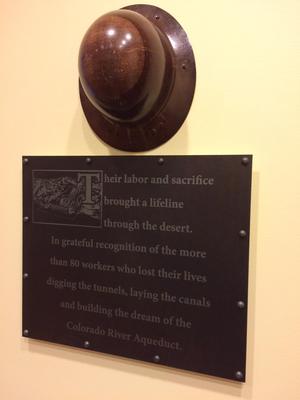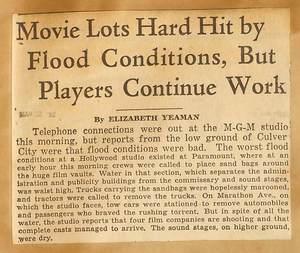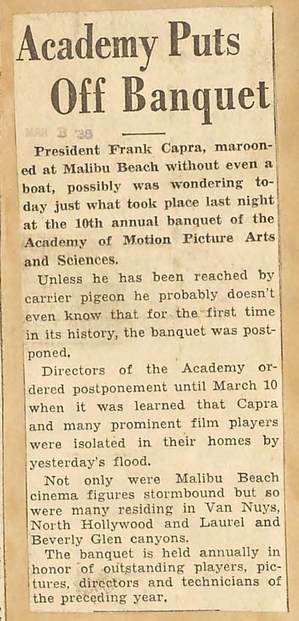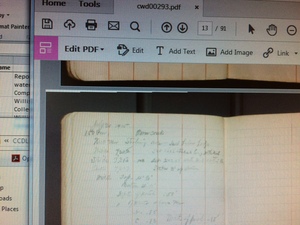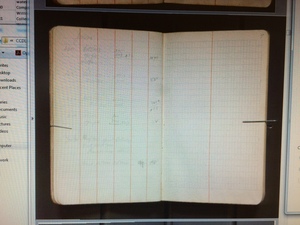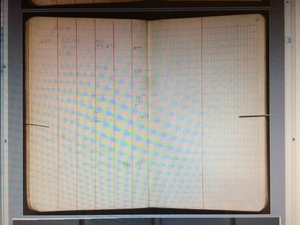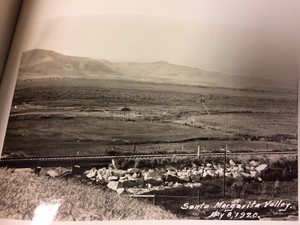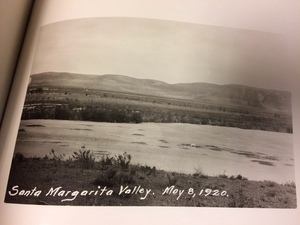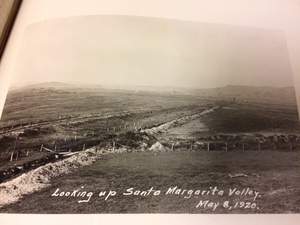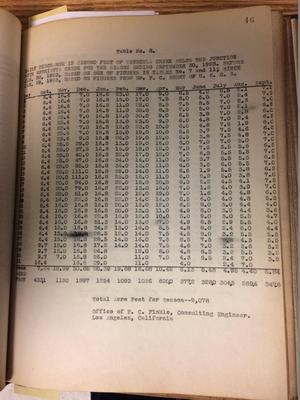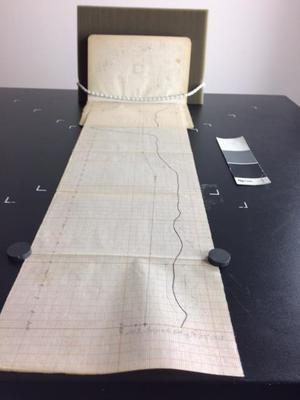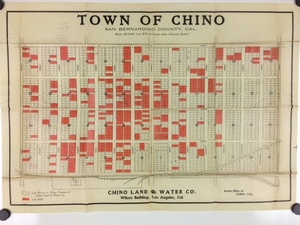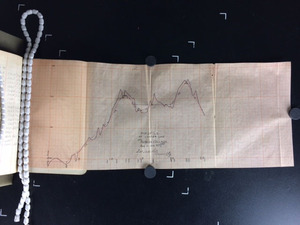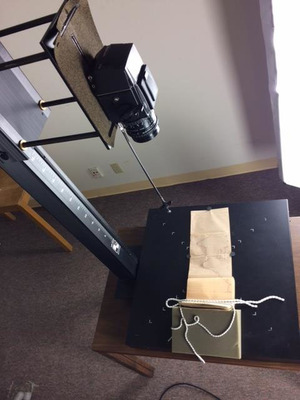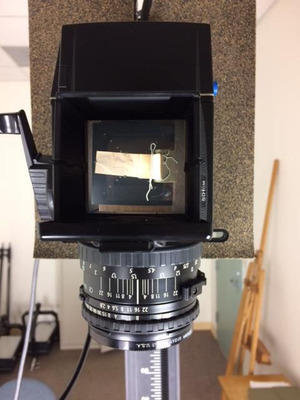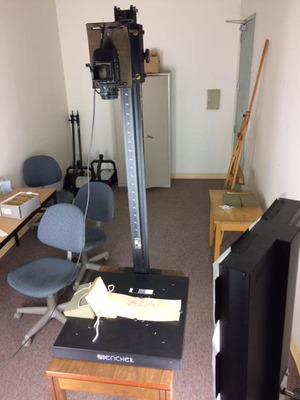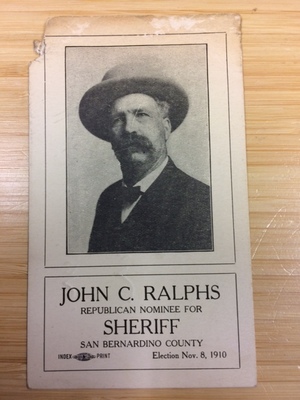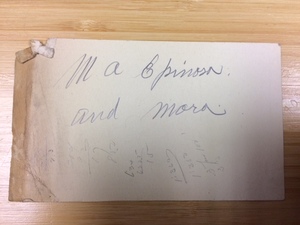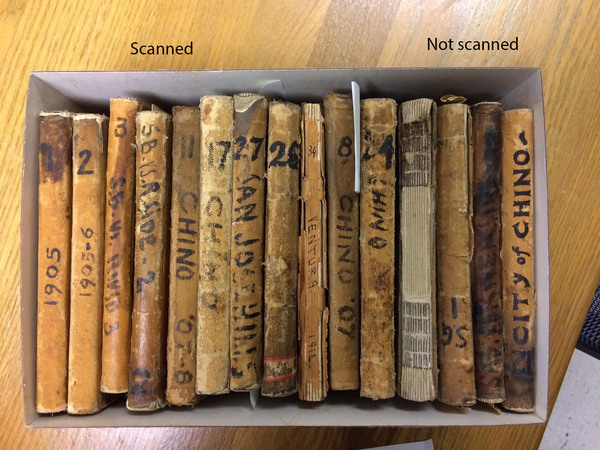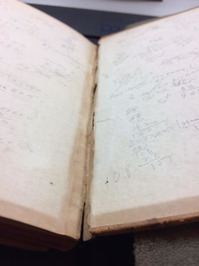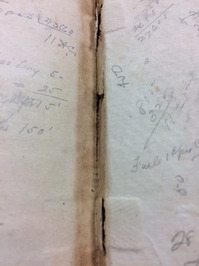
Hi
folks! This week I took a detour from field note scanning to digitize a bound
collection of 1938 newspaper clippings. Or, as it is concisely titled:
“Flood, March 1938 : newspaper clippings from
Anaheim, Azusa, Brea, Chino, Claremont, Corona, El Monte, Glendora, Hollywood,
North Hollywood, Long Beach, Los Angeles, Monrovia, Ontario, Orange, Pasadena,
Pomona, Redlands, Riverside, San Bernardino, Santa Ana, Santa Monica, Torrance,
Tujunga, Upland ; with photos. of San Antonio Creek and the Claremont area“
The
volume contains articles detailing a flood that devastated the Inland Empire in
March 1938. For the most part the stories are what you’d expect from newspapers
reporting major natural disasters: government response, relief efforts, property damage, lives
lost, rabbits…
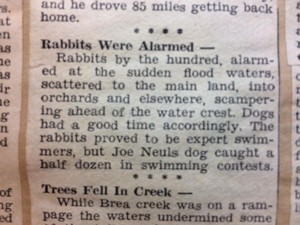
The clippings
touch on a striking variety of ways in which daily life was impacted by the flood.
Pieces abound stressing the importance of boiling water so it’s safe to drink. There’s
a lost and found notice about a heifer. Advice about caring for wet rugs…
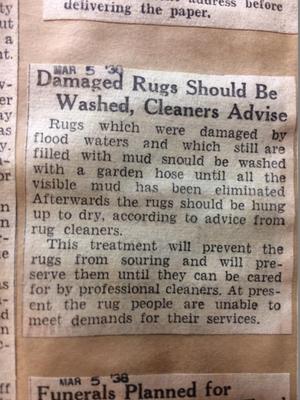
…And grand pianos:

A report
about a public library whose children’s department suffered “only” a fifth of
its books being soaked:
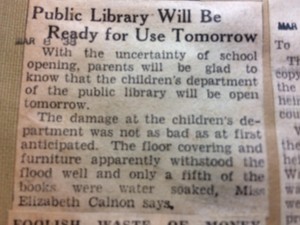
The
Denison library of Scripps College was less fortunate:
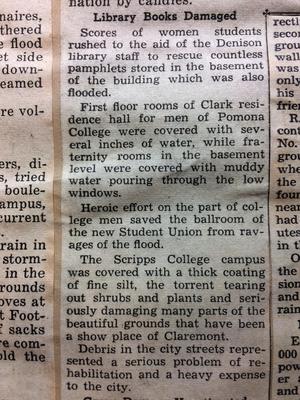
Scattered
among the bigger stories are vignettes painting a vivid picture of the flood:
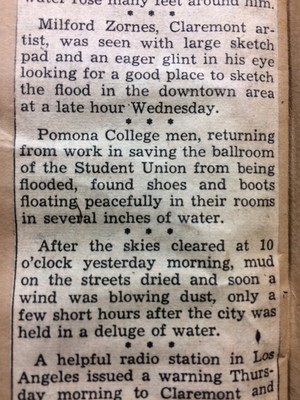
I’ll close
by sharing a piece by Dorothy Doyle, because there’s really no other way to
close this. See you next time!
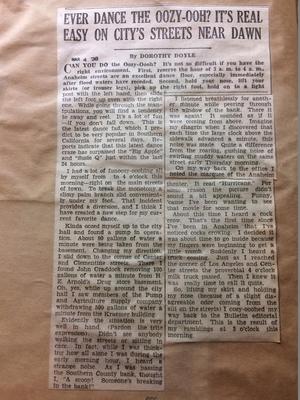
Normal
0
false
false
false
EN-US
X-NONE
X-NONE
/* Style Definitions */
table.MsoNormalTable
{mso-style-name:”Table Normal”;
mso-tstyle-rowband-size:0;
mso-tstyle-colband-size:0;
mso-style-noshow:yes;
mso-style-priority:99;
mso-style-parent:””;
mso-padding-alt:0in 5.4pt 0in 5.4pt;
mso-para-margin-top:0in;
mso-para-margin-right:0in;
mso-para-margin-bottom:10.0pt;
mso-para-margin-left:0in;
line-height:115%;
mso-pagination:widow-orphan;
font-size:11.0pt;
font-family:”Calibri”,”sans-serif”;
mso-ascii-font-family:Calibri;
mso-ascii-theme-font:minor-latin;
mso-hansi-font-family:Calibri;
mso-hansi-theme-font:minor-latin;}
